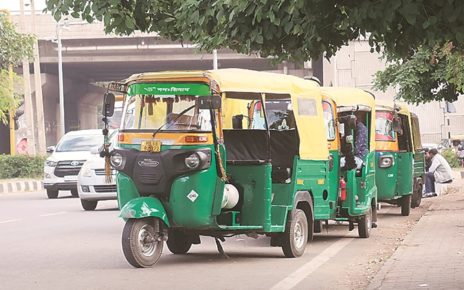On September 16 last year, India recorded its highest daily Covid-19 cases at 97,860. After hovering around 90,000+ zone for a some days, the cases started declining. On October 1, India recorded 81,785 Covid-19 infections. Now, after a gap of six months, India is back in the 80,000+ zone.
What is an added concern is the speed of jump in active Covid-19 caseload. In the first Covid-19 wave, the biggest jump in the active caseload was recorded on September 10 last year when it increased by 24,610.
In the second wave this year, eight of the last 10 days (March 24-April 2) saw higher than September 10 figure. The biggest spike in active caseload was recorded on March 28 — a jump of 35,636 cases.
According to experts at the John Hopkins Medicine, human behaviour is the major factor for the second wave of Covid-19 pandemic. The strict lockdown that was imposed last year slowed down Covid-19 pandemic in India giving the authorities time to ramp of requisite infrastructure and also forced people to stay in their homes for long. So, when cases started declining, people felt as if they broke out of the ‘shackles’ and gatherings started becoming large January onwards. Rules were relaxed and penalties were not enforced.
Currently, limited lockdowns have already been imposed in some cities, and the threat of a more stringent lockdown looms large over a state like Maharashtra which is the worst-affected.
Health experts have made it clear that the second wave of the pandemic is more dangerous compared to the earlier one. They predicted that the single-day spike may jump to one lakh and more in the coming days, and there is a strong need for strictly enforcing Covid guidelines.
Dr Randeep Guleria, Director, AIIMS-Delhi said that the situation is similar to what it was in the UK during Christmas.
Scientists have predicted using a mathematical model that the ongoing second-wave of COVID-19 pandemic across the country could peak by mid-April, following which the infections may see a steep decline by the end of May.
During the first wave of COVID-19 infections across India, the mathematical approach, named SUTRA, predicted that the initial surge of infections in August would peak by September and lower in February 2021.
Scientists, including Manindra Agrawal from Indian Institute of Technology (IIT) Kanpur, applied the model to predict the trajectory of the current surge in infections and found that the number of daily new infections is likely to peak in mid-April for this ongoing pandemic wave.
The scientists predict that in the current wave, the first state to peak could be Punjab in a few days, followed by Maharashtra.
However, the IIT Kanpur professor added that the model’s prediction of the new peak is sensitive to the daily new infections data.
“Even a little bit of change each day causes the peak numbers to change by several thousand numbers. But the location of the peak has remained on mid-April,” he added.




